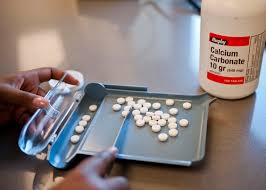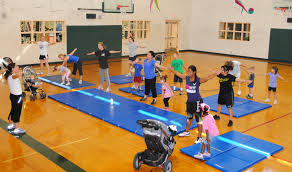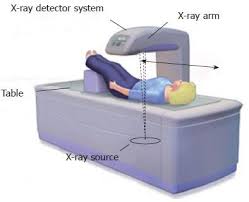Calcium Intake and Bone Health: Are You Getting Enough?

Most people know that calcium intake and bone health are intimately linked. But do you know how much calcium is necessary to maintain healthy bones? DXA operators may often be questioned by patients about ways to improve their bone density. It’s always a good idea to refer the patient to a physician or dietary consultant, but here’s a quick guide for radiologic technologists about calcium intake and bone health.




